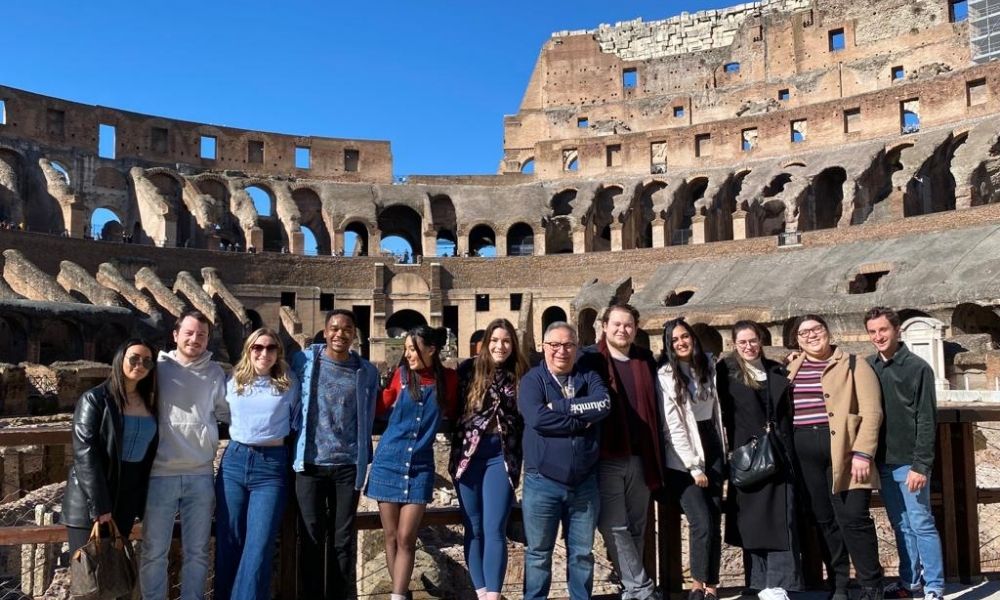Do All Roads Really Lead to Rome?
M.A. in Political Science, European Union Policy Studies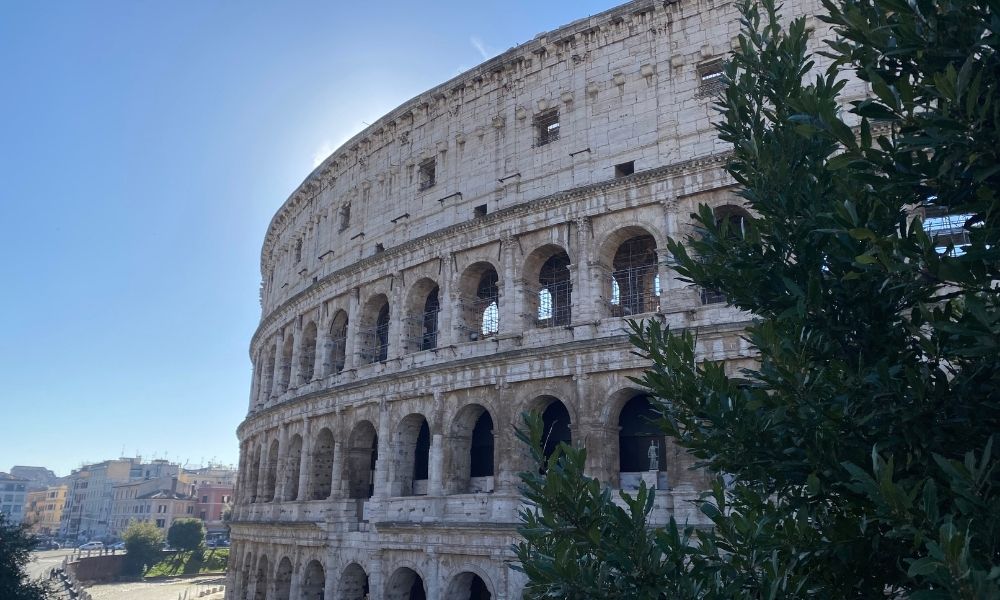
By Elizabeth Rolan
This February, EUPS students hopped on a train to take the first in-person academic trip in two years. The destination: Rome.
In the early days of the EUPS program, each cohort took an academic trip to Rome. Over the years, this trip was replaced by an excursion to the European Parliament in Strasbourg, France. This semester, EUPS returned to the eternal city for a packed tour of the political and cultural history of Rome. A prominent goal of the EUPS program is to give students a deep understanding of European policy making. Such understanding necessarily requires historical context; context that, fortunately, can be found under every cobblestone in Rome. In the words of EUPS On-Site Director, Dr. Caterina Paolucci, “if you don’t know the history or understand its interplay with contemporary politics, it is impossible to make sense of it all.”
Day one began with a walking tour through modern political Rome. Students learned how to navigate the winding streets to find the residence of the President at Palazzo del Quirinale, the Chamber of Deputies at Palazzo Montecitorio, and the Senate of the Republic at Palazzo Madama. Perhaps most importantly, students tasted Italian MP’s favorite gelato and coffee at the famous Giolitti, right outside Italian Parliament. The fresh whipped cream on top is a must.
The tour concluded at Capitoline hill, where the current Mayor of Rome resides and where the ancient leaders of Rome ruled. The hill oversees the Roman forum, the seat of the original Senātus Rōmānus from which the modern system of representative democracy is derived. The reverence and influence of Rome’s ancient past remains prominent in the modern political institutions of Italy and beyond. Even in the United States, the American legislature emulates Roman roots in aspects such as the location on “Capitol Hill'' in Washington, D.C., and the use of the “Senate” as the upper chamber of the legislature. The roots of the United States, the oldest modern democracy, certainly lead to Rome.
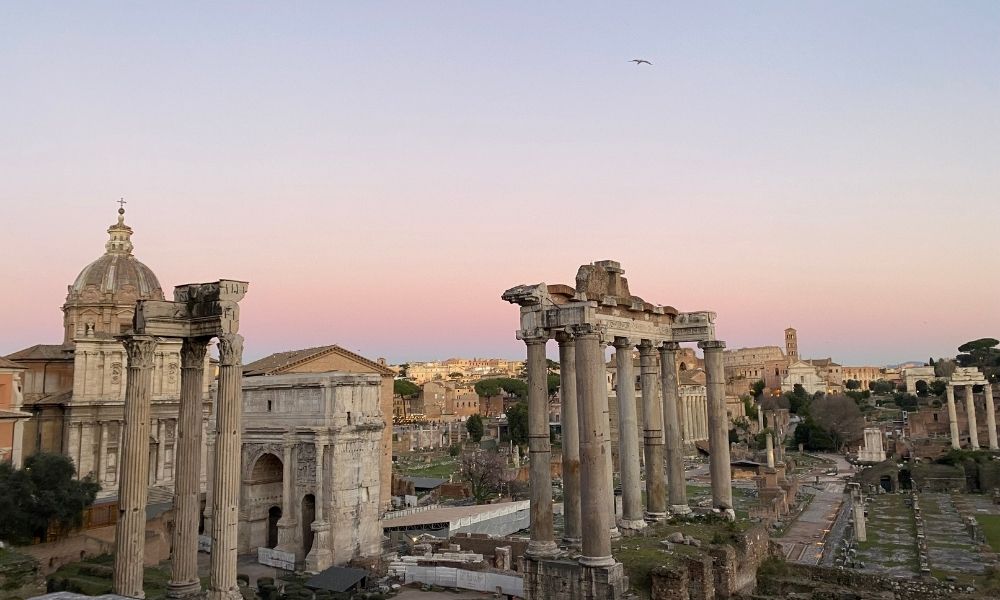
It is impossible to understand the current political realities of Italy and Europe as a whole, without understanding the role of the Church. Even the seat of the Italian president, the Palazzo del Quirinale, was formerly the summer home of the papacy. Papal rule in Rome ended after the unification of the Italian Republic in 1861. However, the papacy has not remained a silent actor. On day two, EUPS students received special insight into the Vatican’s current relationship with European affairs through a lecture by the Minister Counsellor of the European Union’s (EU) Delegation to the Holy See, Sylvia Kofler. After hearing insight into the significant religious power the Vatican still holds, students switched gears to learn just how much political power the European institutions have within member states. Antonio Parenti, Head of the European Commission’s Representation in Italy, spoke to students about the EU’s ambitious NextGenEU plan. Mr. Parenti explained how Italy will be the first member state to receive NextGenEU funds, emphasizing, “the future of Europe passes through Rome.”
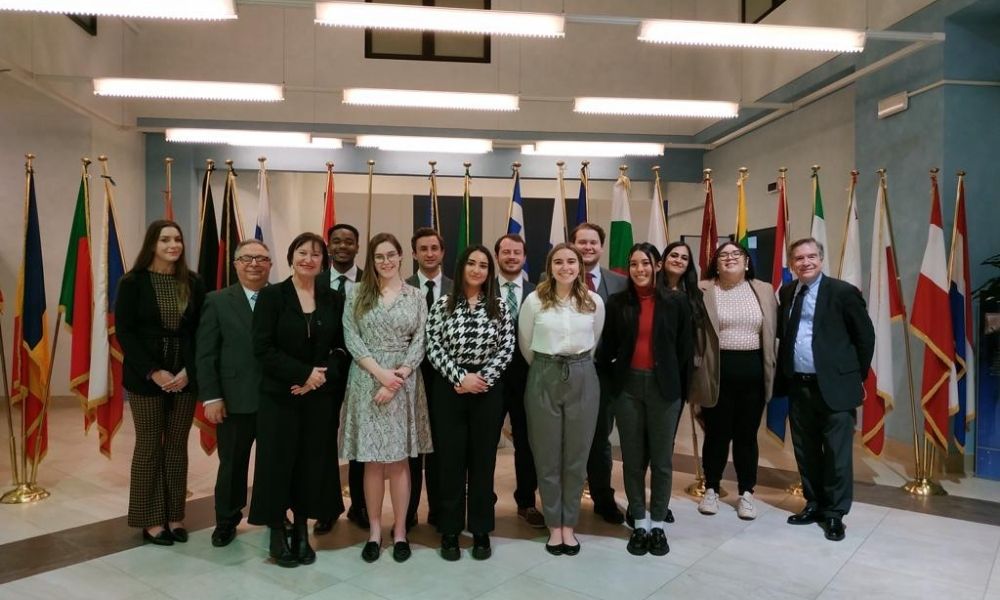
Day three consisted of a visit to another historic and influential institution, the Bank of Italy. As a part of the European System of Central Banks, the Bank of Italy is responsible for implementing the European Central Bank’s monetary policy. The stark white travertine facade stands as a prominent symbol of the European Union’s financial power nestled in the same neighborhood as Italy’s domestic political hubs. The building's intricate marble floors and art covered walls reminded students that reverence for Italy’s cultural gems is evident in every hall of power, even in the most austere of its banks. Students were also fortunate enough to tour the outstanding coin and paper money collection housed at the Bank of Italy, the first tour that the bank has given since the beginning of the Covid-19 pandemic. The appreciation for these in-person experiences was not lost on EUPS student Jennifer Amparo-Ballesteros who noted, “it was nice to finally be able to go to lectures and actually visit some of the policymakers we study in class everyday. After almost two years of online school, I really appreciate that we’ve come to Rome to see this all in-person.”
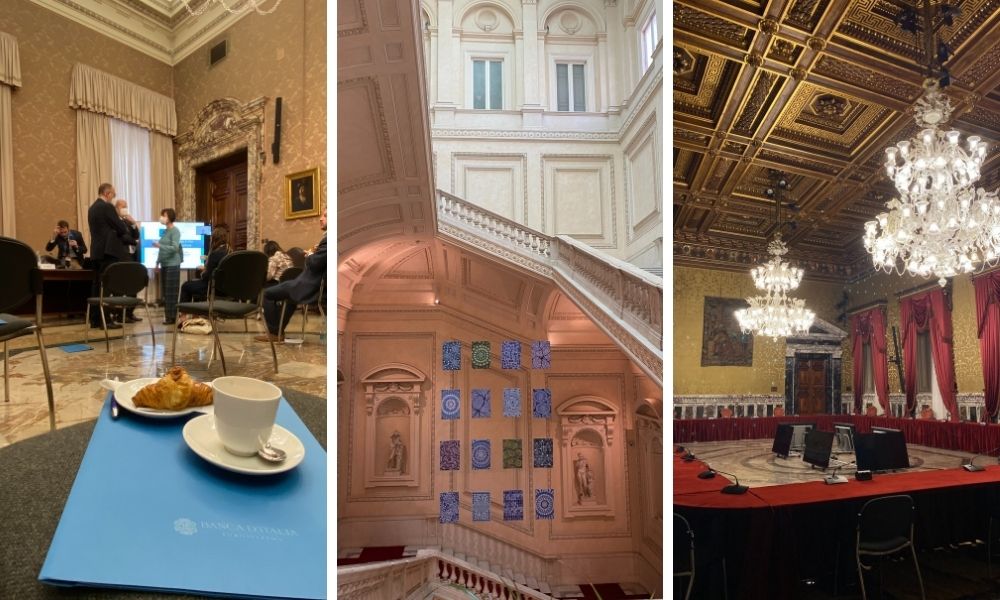
Day three concluded with a return to the students’ day one exploration of Italian domestic politics through a meeting with MP Luigi Marattin, Head of the Finance Committee of the Chamber of Deputies. MP Marattin walked students through the NextGenEU deal. Students discussed Italy’s leading role as the first EU country to receive funds and implementation responsibility for the NextGenEU deal. Once again, Rome finds itself leading Europe in the EU’s most ambitious and expensive economic initiative in the Union’s history. Like its ancient past, Rome will be influential to the economic and political future of the EU and all of its partners.
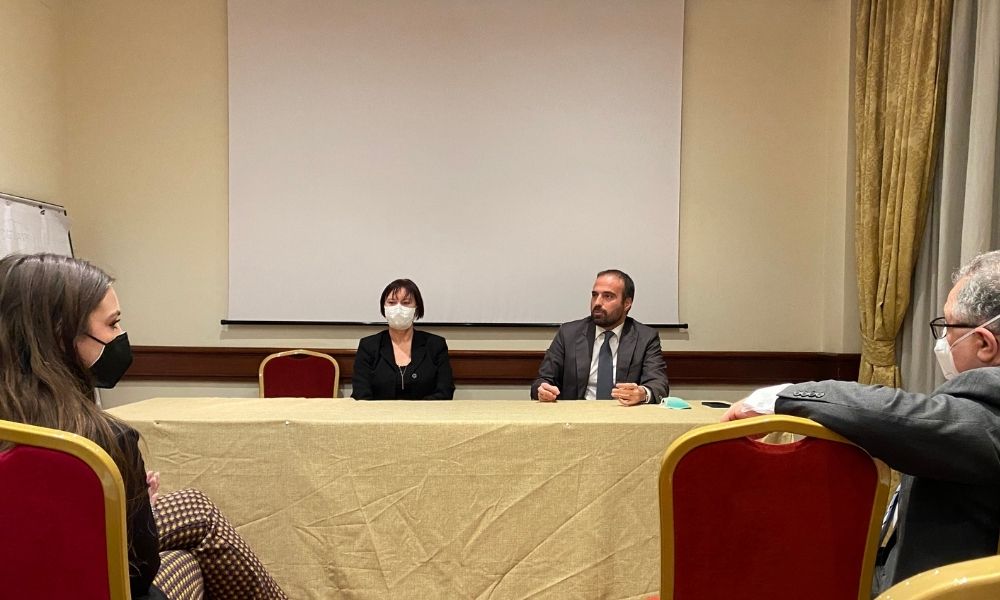
As the EUPS students boarded their train back to Florence, they left with a new understanding that all roads may not lead to Rome, but they certainly start in Rome.
